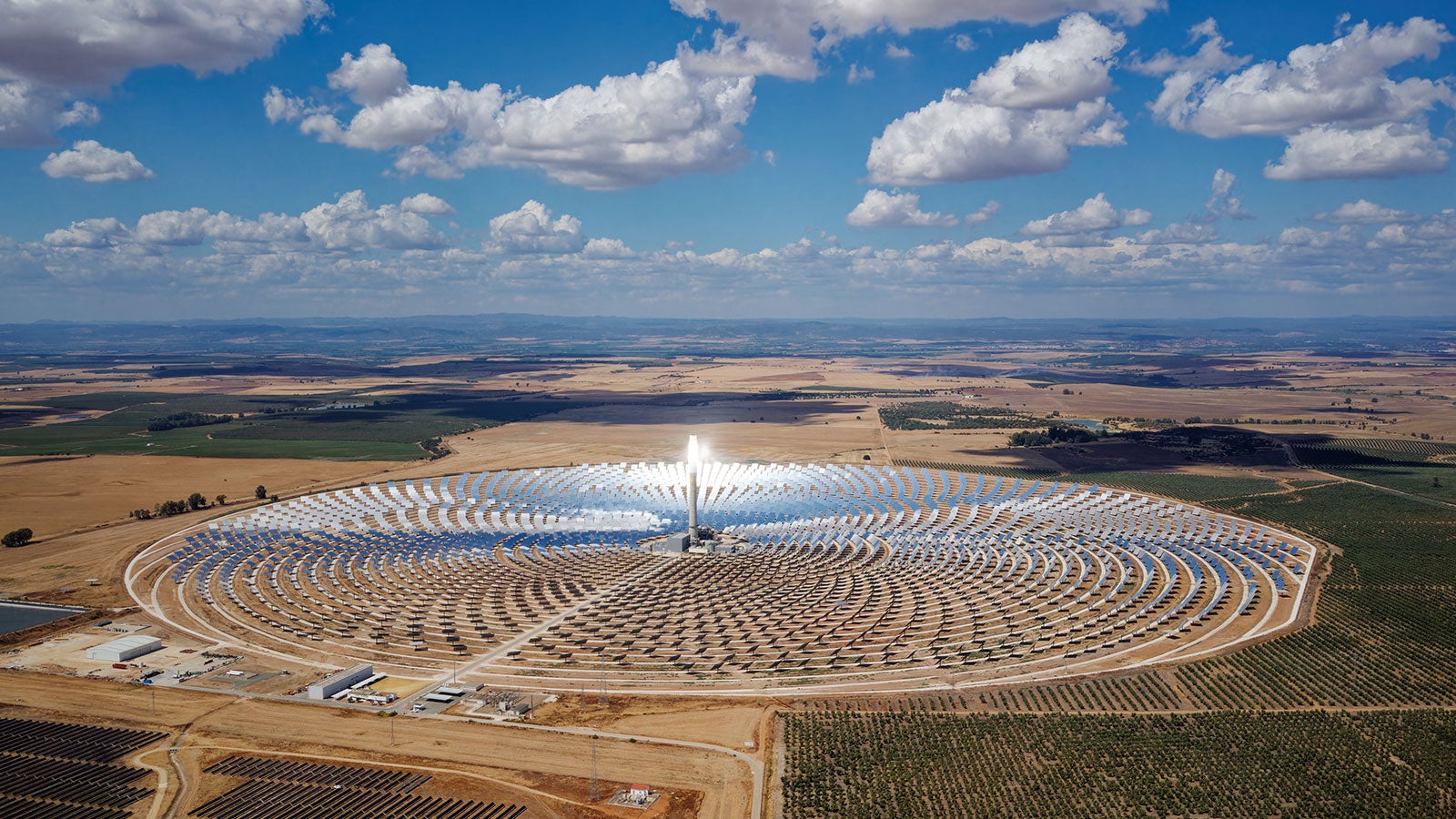Rice researchers have been awarded a $500,000 grant from the U.S. Department of Energy to advance education and outreach in small-scale concentrating solar thermal (CST) technology.
CST collects and concentrates radiation from the sun to transform it into high-temperature thermal energy.
“We are trying to illuminate the underlying reasons why more people don’t have a solid understanding of CST technologies for both heating and power. Photovoltaics are the more commonly known solar-based energy technology, but CST has many advantages,” said Laura Schaefer, the Burton J. and Ann M. McMurtry Chair in Engineering, and professor of mechanical engineering at Rice.
Schaefer is co-recipient of the grant with Jim Elliott, the David W. Leebron Professor of Sociology. Their partners in the project are Harris County, Community Lattice and the Kinder Institute for Urban Research.
“CST offers not only environmental advantages but also opportunities for social and economic transformation,” Elliott said. “By integrating education with community engagement, this project seeks to make solar energy accessible and beneficial to all, particularly in underserved urban areas.”
Chief among the advantages of CST over photovoltaics, Schaefer explained, is that battery storage is not required. It produces electrical power in various configurations and it can be used directly for heating, thus offsetting fossil-fuel carbon and particulate emissions, byproducts of combustion.
CST uses heliostats, large arrays of mirrors that track the sun to reflect and direct its rays. They are critical for the efficient, cost-effective operation of solar-thermal power plants.
“We’ll be working to create educational and outreach resources to achieve greater awareness of CST and focus on integrating the technology into communities that have been socioeconomically disadvantaged,” Schaefer said.
The initiative, called “A Brighter Future: Education and Outreach for Small-Scale Concentrating Solar on Urban Brownfields,” is administered by the U.S. Department of Energy’s Heliostat Consortium, which aims to improve the commercial viability of heliostats.
The Rice project is one of six selected for $3-million in funding as part of a larger effort to enhance solar energy technology and workforce development.

